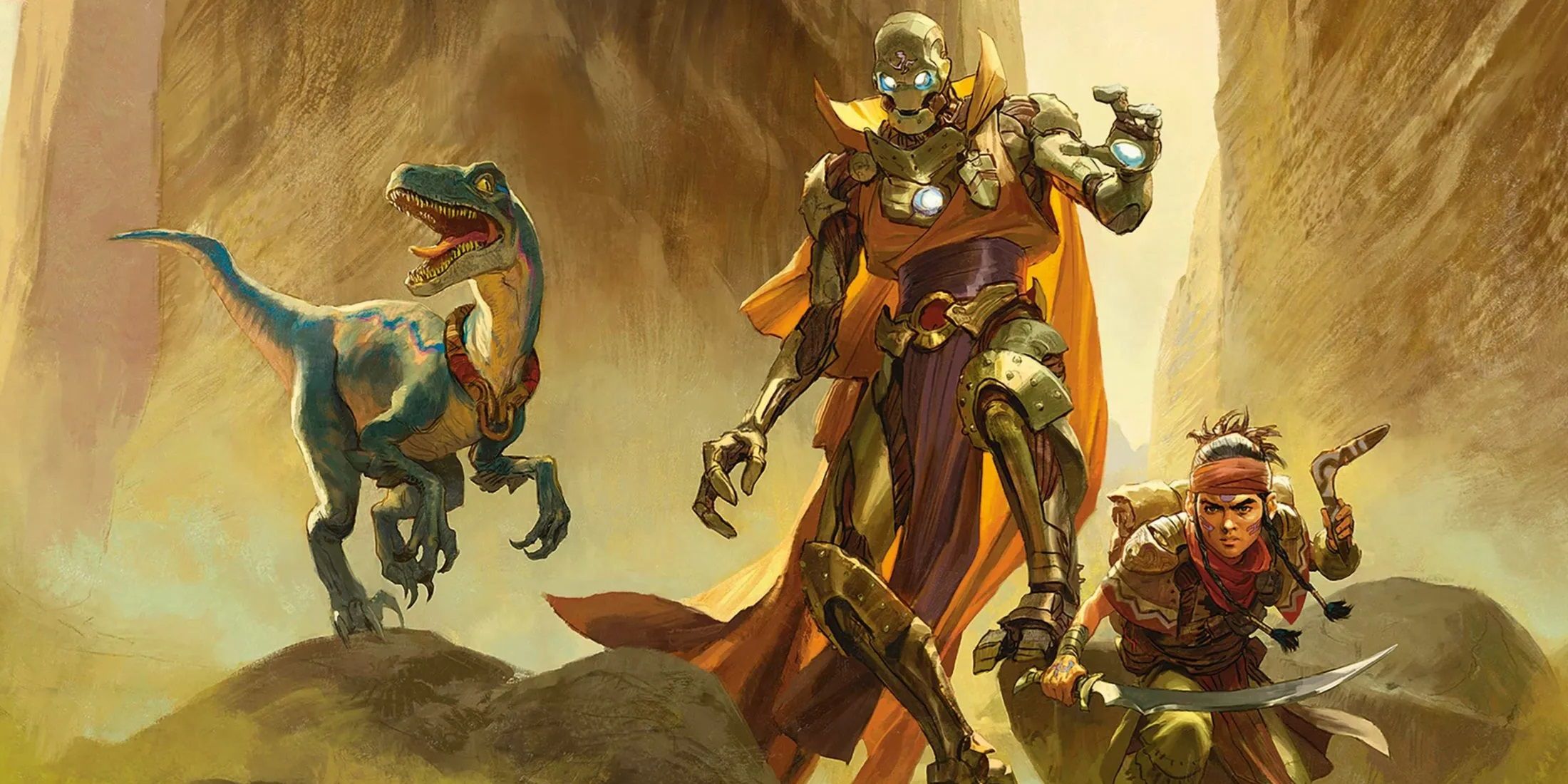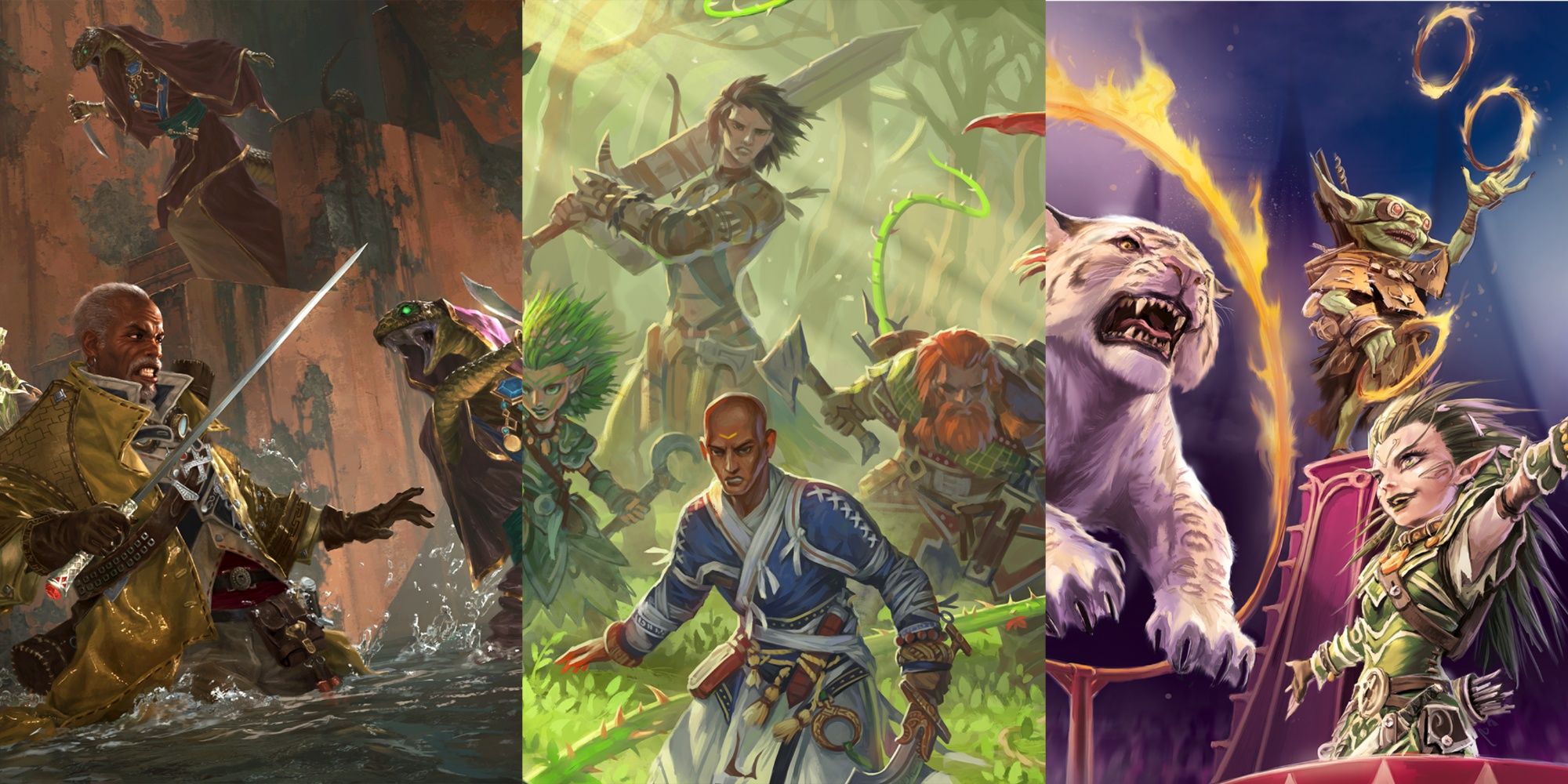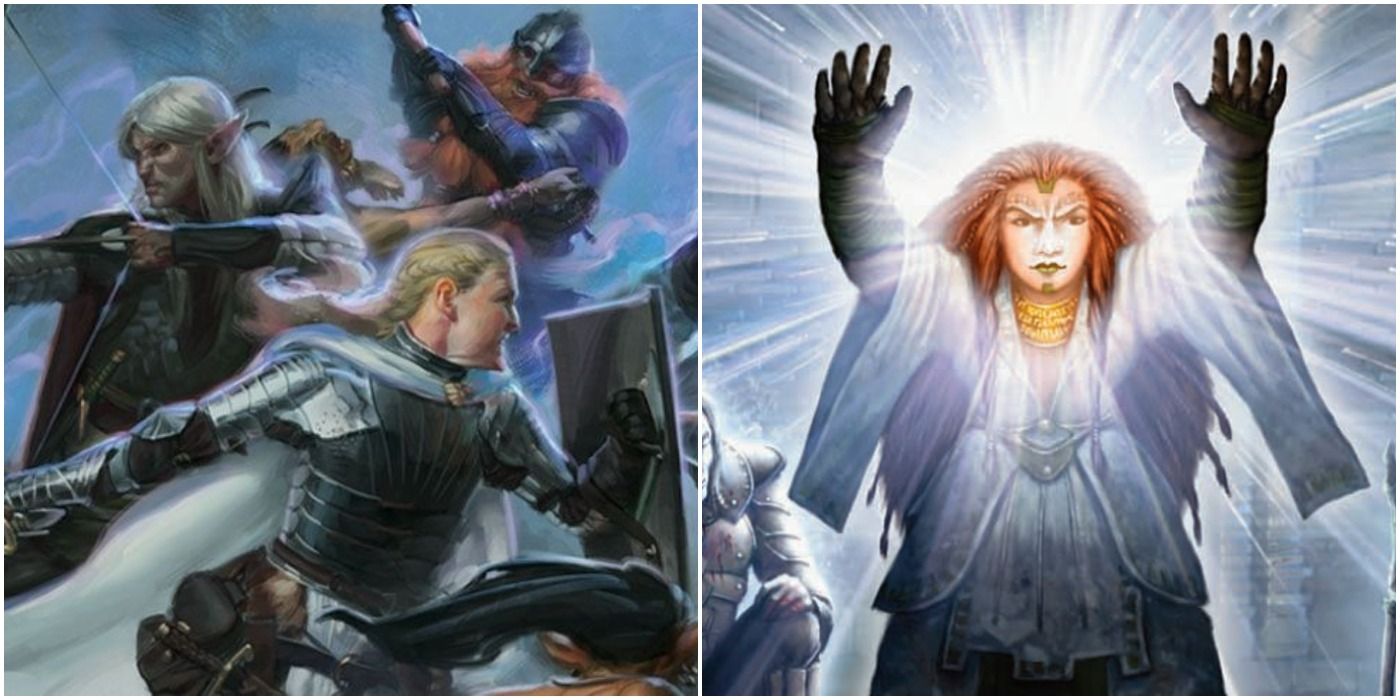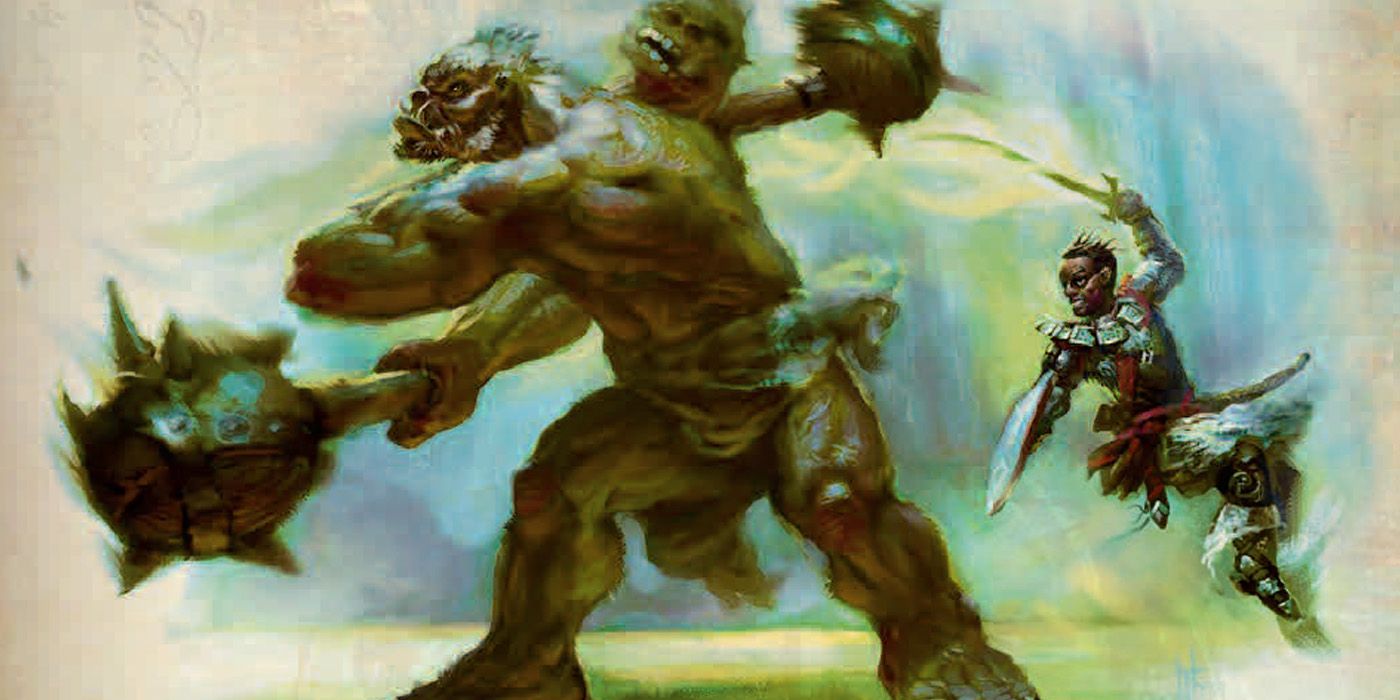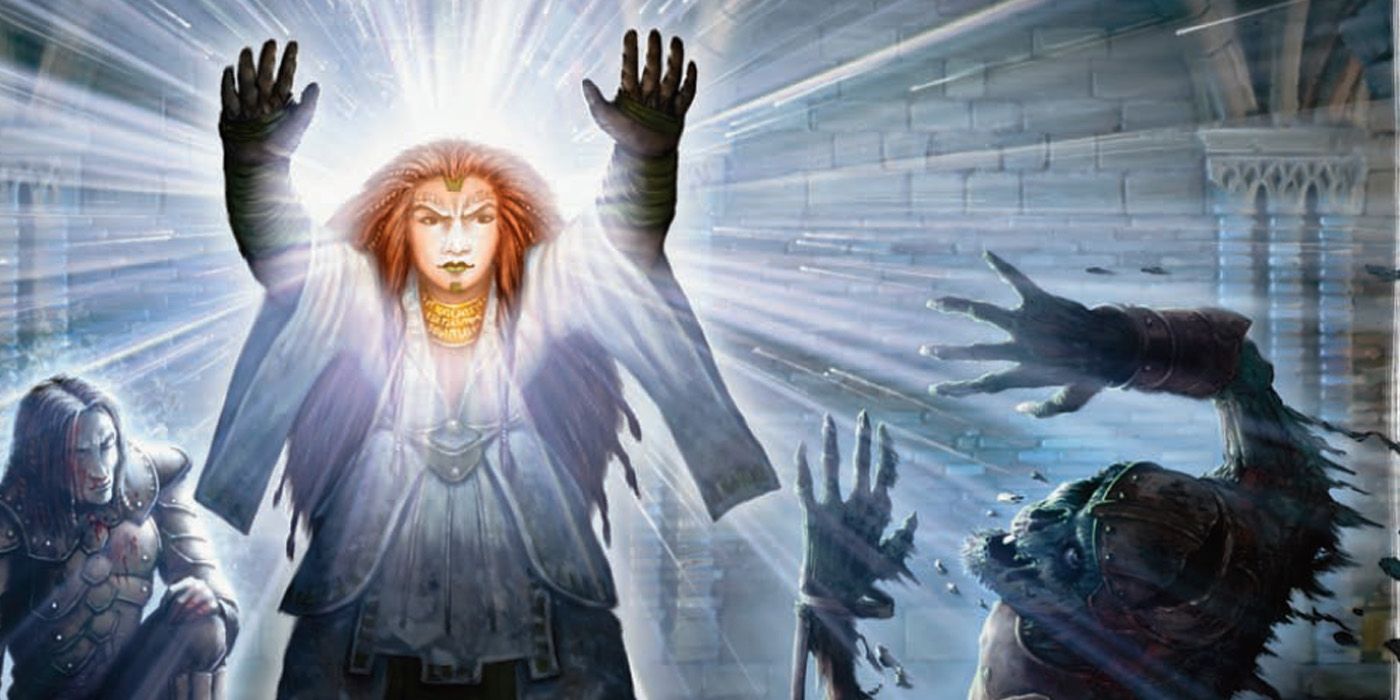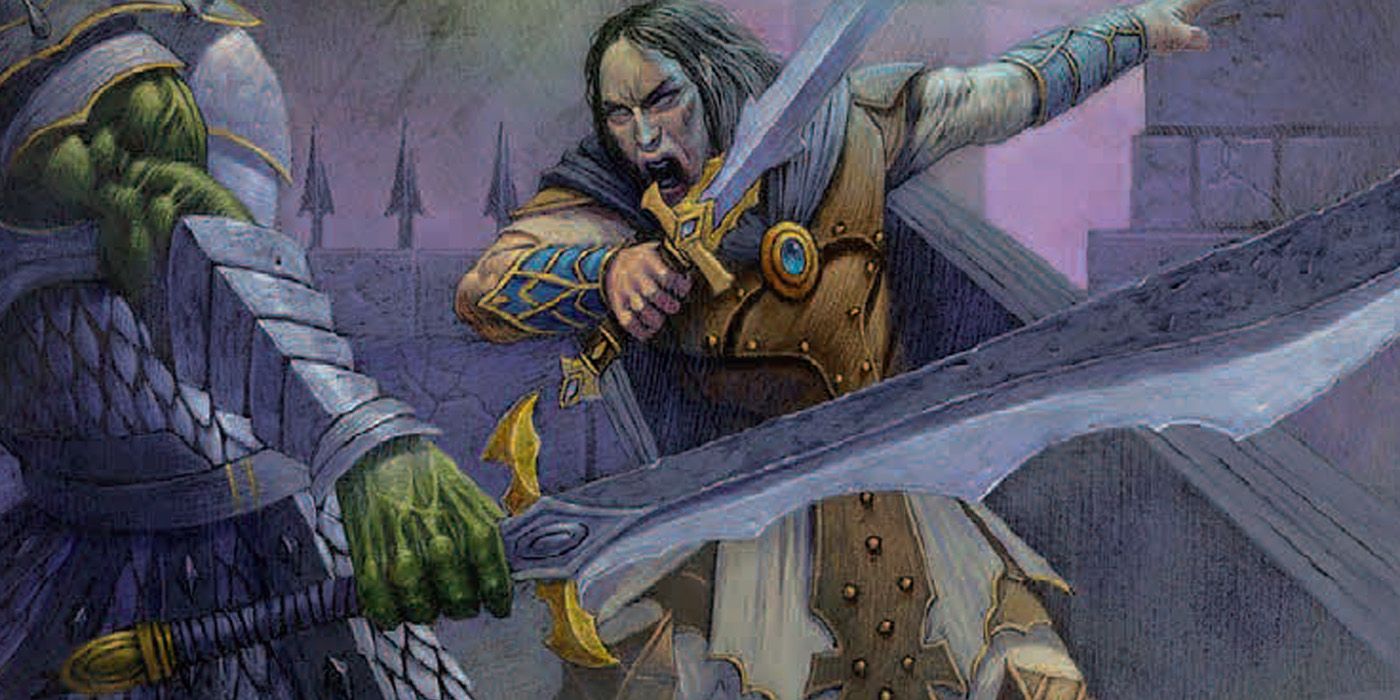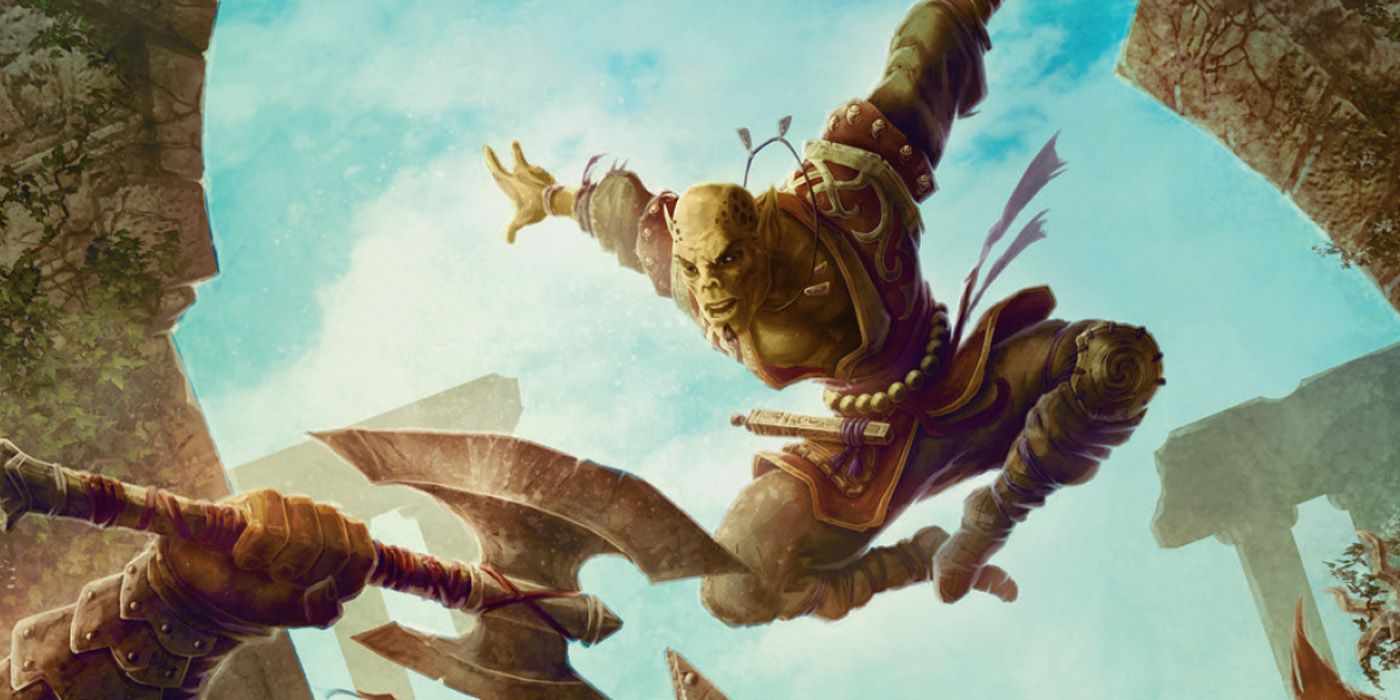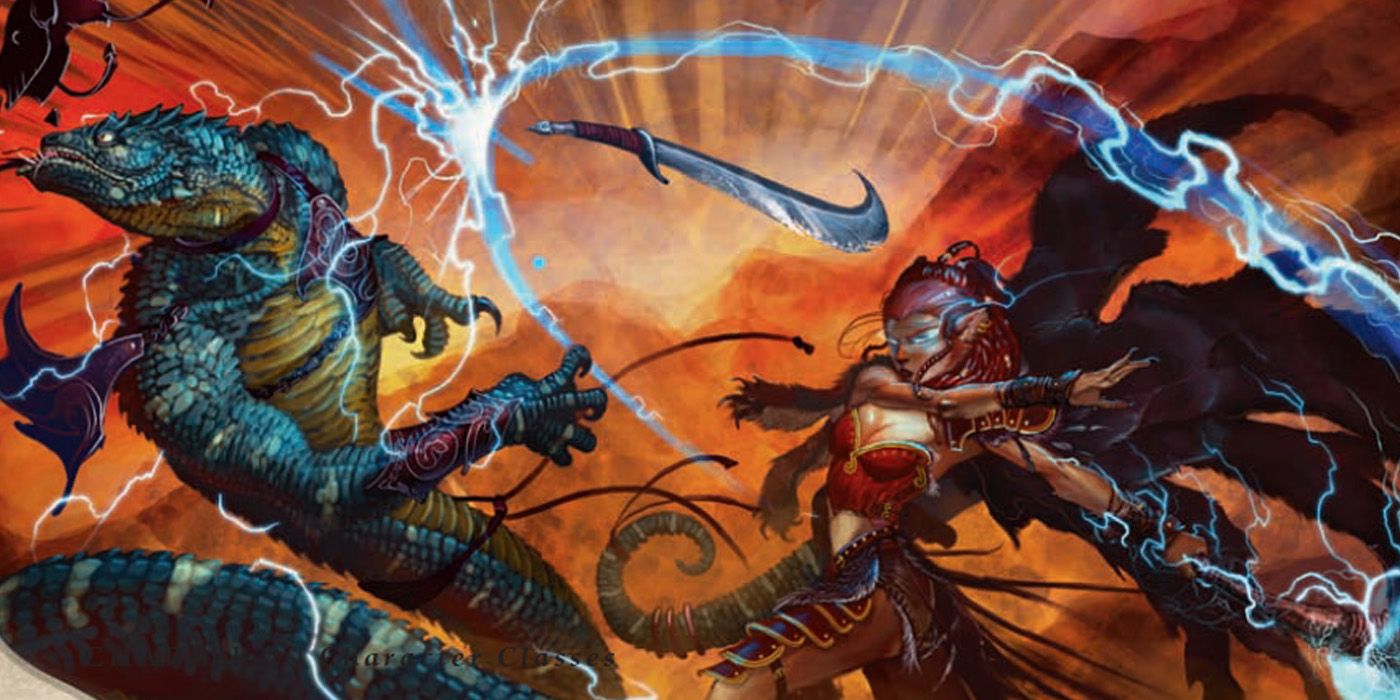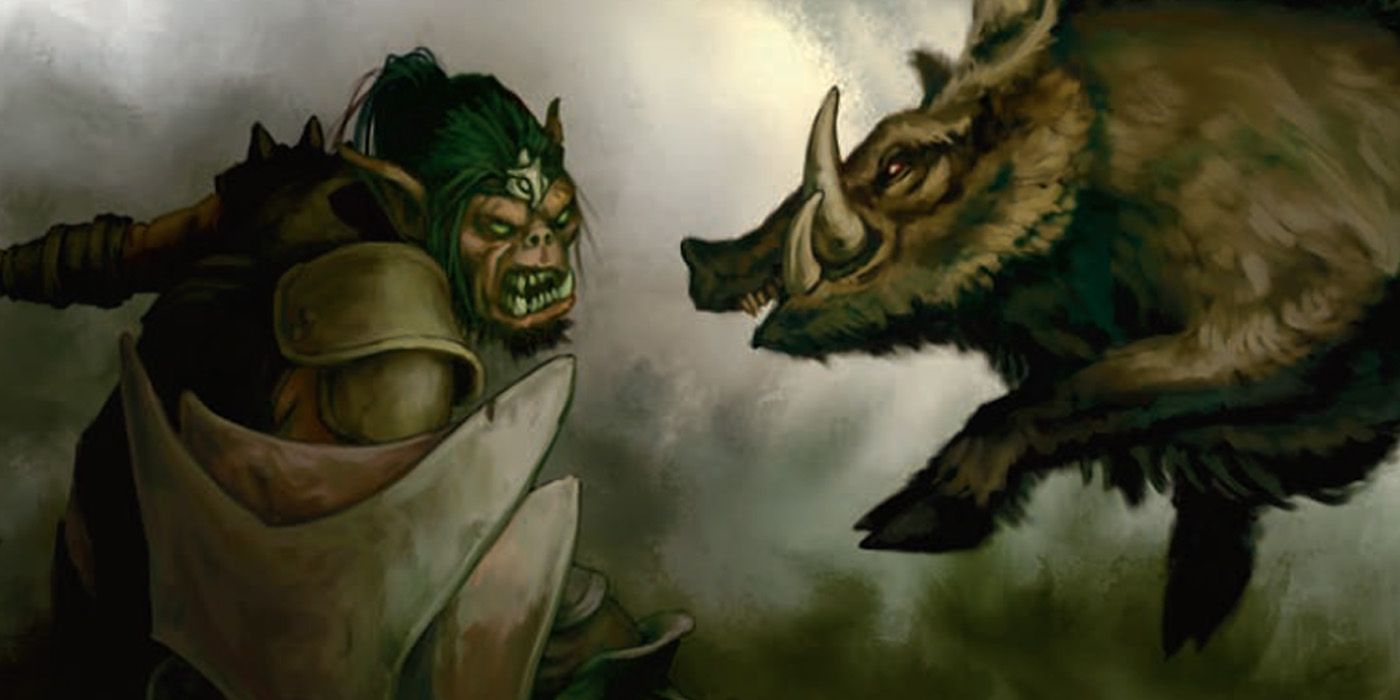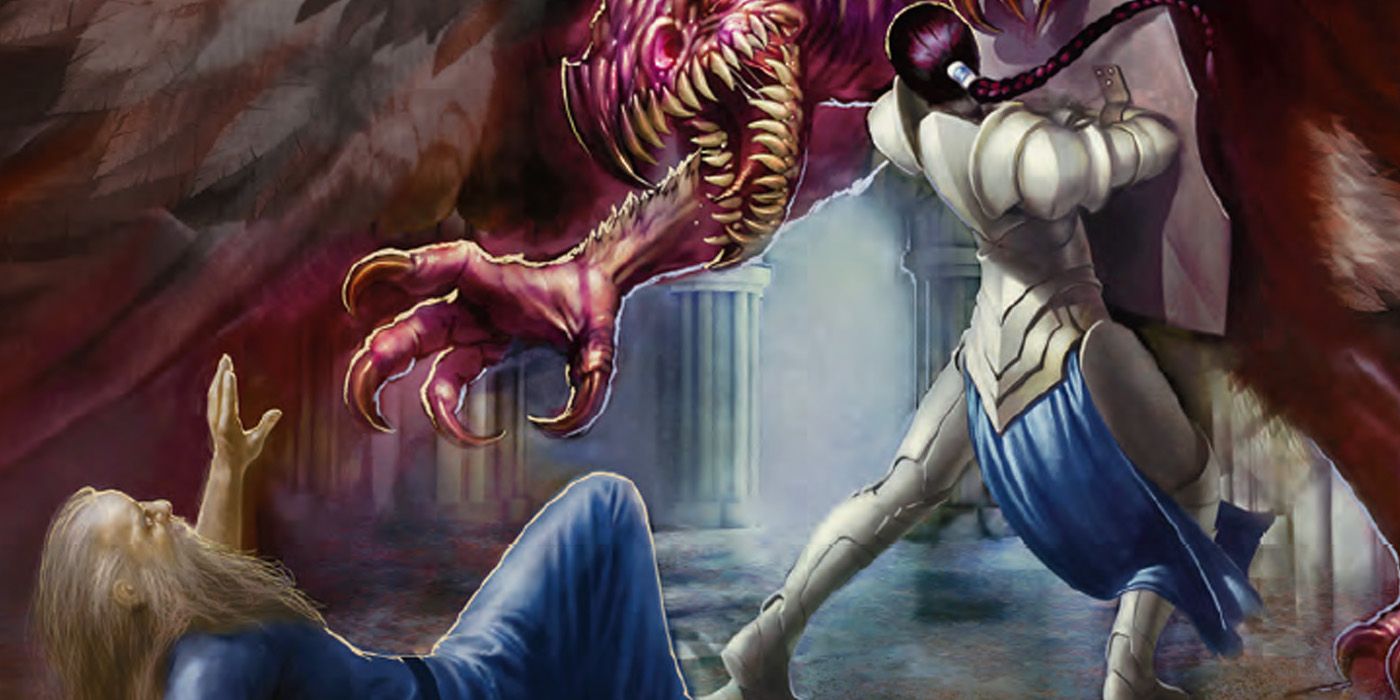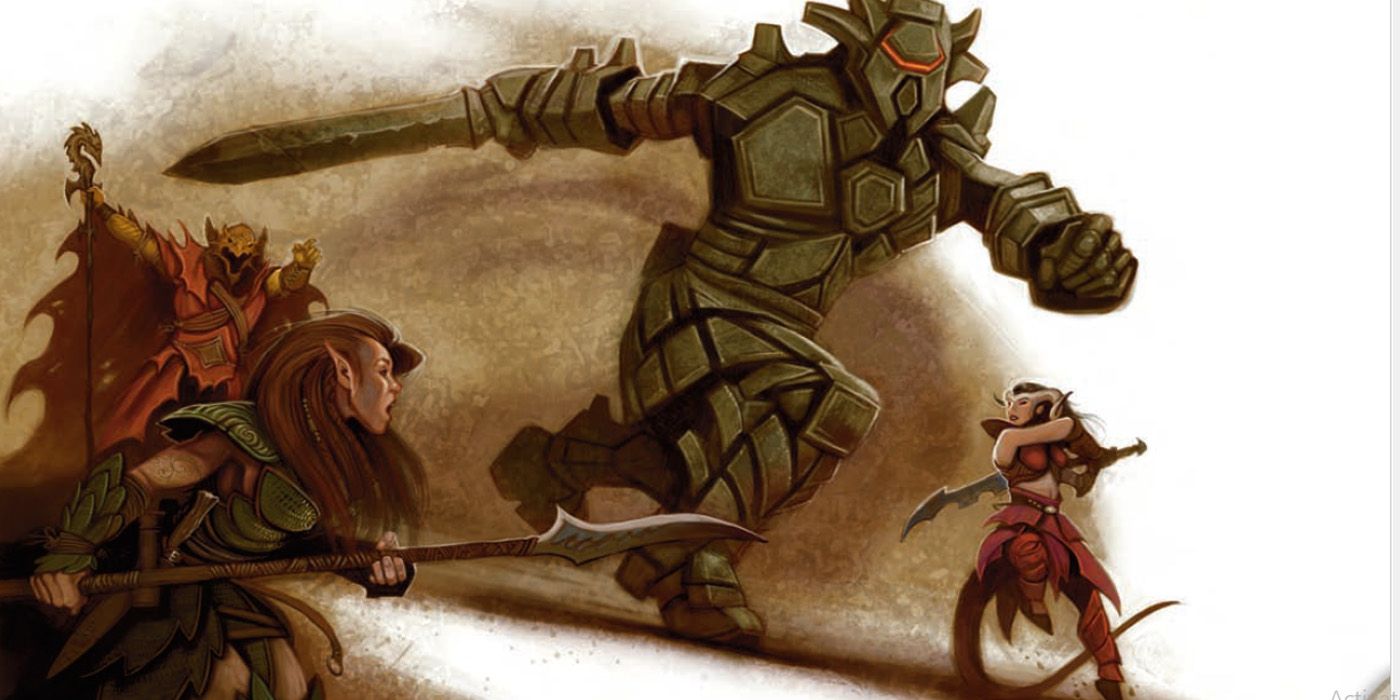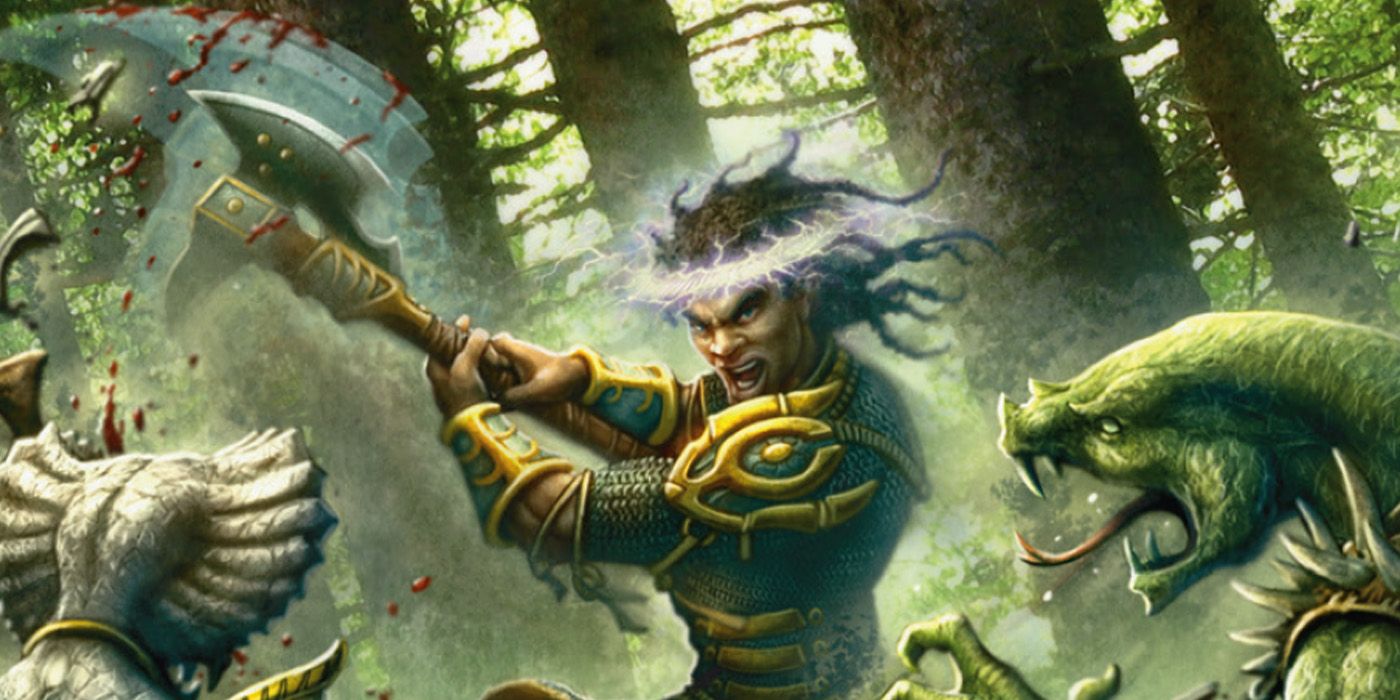The Fighter in Dungeons & Dragons prides itself as one of the most versatile Classes around. Despite its lack of any spellcasting features, its skillset alone makes the Fighter both a powerful main and Multiclass option for D&D players. Additionally, its Martial Archetypes can further diversify characters more than what other Class could offer. However, the Fighter's diverse Class offerings also make it potentially overwhelming for players. After all, which features should players pay attention to?
Players may realize that certain Fighter features outweigh others in terms of relevance and practicality. In turn, players may leverage on certain insights as to which Fighter features they must work towards or ignore completely.
10 Useful: Defense
Defense serves as perhaps one of the most "boring" Styles available to Classes that can choose them – such as the versatile Ranger or the Fighter. The fact that Defense simply adds +1 AC to wearing armor seems extremely unappealing. However, this Fighting Style may end up being one of the most efficient out there, especially for melee combatants like the Fighter.
The Armor Class benefit of Defense will shine better in the long-term. Remember, AC doesn't grow in 5e, unless for those wearing cloth armor or Unarmored Defense (e.g., Monk, Sorcerer). As such, the +1 AC for the Defense can offer a life-or-death difference based on attack rolls.
9 Useless: Second Wind
Fighters who need a bit of emergency healing can rely on Second Wind to save themselves from a life-or-death situation. Essentially, Fighters can use their bonus action to gain 1d10 + Fighter Level HP. Furthermore, they can only use this feature once per rest. Granted, Fighters might use this on their early levels, especially at low-HP marks.
However, at some point, parties should have Clerics and other healers with powerful-enough healing Spells to defend the entire party. Fighters may have better uses for their Bonus Actions compared to Second Wind.
8 Useful: Action Surge
Action Surge arguably serves as one of the most crucial and critical features a Fighter has that makes it such an attractive Multiclass option. Action Surge gives Fighters the ability to make another action as early as the 2nd Level before taking a rest. By the 17th Level, Fighters can do this twice before rests, but not on the same turn. Regardless, an extra action can equate to an attack or something crucial to the party's survival.
In fact, Action Surge becomes the source of a lot of powerful combos, as each attack in a Fighter's arsenal can contribute to boss-killing damage numbers.
7 Useless: Acrobatics
Fighters rely mostly on a direct approach to finish their combat encounters. Thanks to their various weapon specializations and armor Proficiencies, Fighters become one of the most reliable people to go to the front lines and tank for the team. In turn, Rogues and Rangers usually fill in the spot for melee DPS. Consequently, the straightforward approach of the Fighter leaves little room for Dexterity and, by extension, the Acrobatics (Dexterity) Skill.
Perhaps the best use of Acrobatics (Dexterity) for a Fighter comes if they Multiclass into a Dexterity-reliant Class, such as a Monk or a Rogue. However, this usually happens the other way around, with Monks and Rogues dipping into Fighter Levels for the extra Feats and features. Fighters would usually only need Acrobatics (Dexterity) when navigating dangerous dungeons in search of rare artifacts or dodging powerful attacks or traps. Their AC and HP should theoretically be high enough so they don't even need to worry about these damage numbers.
6 Useful: Extra Attack
Players among most Classes wait until around the 5th Level to get the Extra Attack feature. This allows players of certain Classes to make another attack on top of their standard action and a bonus action. In fact, this feature is treated with such reverence that D&D 5e rules won't allow Classes to have another Extra Attack if they Multiclass.
Fighters are an exception, as they get additional Extra Attacks at their 11th and 20th Levels. Therefore, Fighters can get the most attacks in out of any Class in the game. For those who aim for high damage numbers, the more attacks they can do, the closer they can reach those killing blows.
5 Useless: Animal Handling
Players who love to explore will likely encounter various wild animals that might turn hostile at any second. With Animal Handling (Wisdom), players can theoretically tame animals or even direct them to do certain things for them. Unfortunately, unlike the survivalist Ranger, Fighters won't get much use of Animal Handling as a Skill.
Skill Proficiencies play a huge role in how players can navigate environments, conversations, and even battles. Compared to other Skills and their applications, there's not much to do with Animal Handling, especially if there aren't any animals around to handle. Instead, Fighters could trade Animal Handling for more useful Skills such as Intimidation (Charisma), Persuasion (Charisma), Performance (Charisma), or Insight (Wisdom) – all of which they can use when conversing with all kinds of people and even powerful NPCs.
4 Useful: Indomitable
Being a melee combatant, Fighters usually end up in the front lines as either tanks or melee DPS builds. As a result, they most likely get the receiving end of most enemy assaults and powerful spells. Theoretically, Fighters should survive most onslaughts should they have great Dexterity, Constitution, and Wisdom Saving Throws; however, should they miss, Indomitable can become a great life-saver.
When Fighters reach their 9th Level, they get access to Indomitable. Essentially, they can reroll a failed Saving Throw once per rest, and they need to use that new roll every time. They can use this twice between rests from the 13th Level and thrice from the 17th. Indomitable can turn the tide of battle, especially with Wizards and deadly Rogues dishing out powerful attacks.
3 Useless: Protection
Players motivated to play tanks might appreciate Fighters with the Protection Fighting Style. This enables players to impose disadvantage on an attack towards an adjacent ally. As Protection requires a shield, this Style seems an "obvious" choice for Fighter tanks, right?
The Protection Fight Style is counterproductive considering what it demands from the tank. Fighters only benefit from Protection if much of the party ends up in the front line with them. However, being adjacent to the tank can get quickly dangerous, and therefore impractical, for almost all Classes.
2 Useful: Ability Score Improvement/Feats
Most players get excited to reach the 4th level as they can finally choose between Ability Score Improvements (ASI) or a Feat. ASIs let players improve their Abilities to further increase their Modifiers. On the other hand, Feats enable them to get various perks to aid them in combat. In the case of the Fighter, they actually get the most amount of ASI/Feats options – with seven across their progression.
Despite their lack of complex spells or features, Fighters can hold out on their own by combining any of these benefits. Maxxing out Strength with ASI makes them into a melee powerhouse. Meanwhile, Feats like Magic Adept, Sentinel, or even Polearm Master can further diversify their fighting capabilities.
1 Useless: Two-Weapon Fighting
Players who want to fight with two weapons can do so easily, as they can just use their bonus action to make an off-hand attack. Fighters can even take up the Dual Wielder Feat to gain an AC bonus, draw weapons faster, and fight with non-light melee weapons. Players can't just add their Ability Modifier to their off-hand attack, but the Two-Weapon Fighting (TWF) Feat circumvents this caveat.
However, players who manually calculate various weapon combos might not maximize their damage output with TWF. Remember, a lot of Fighter Features also require bonus actions to use. As such, Fighters get in a tight spot as they can sacrifice their damage output just to attack with their off-hand.

